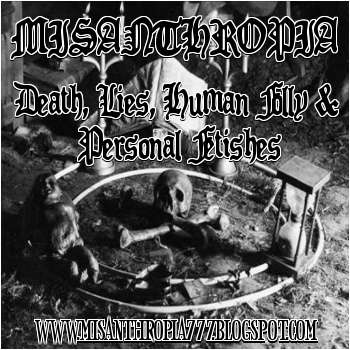 By Matt Walker
By Matt Walker Editor, Earth News
Last updated at 13:05 GMT, Thursday, 17 December 2009
A species of bee in Australia has found a gruesome way to deal with a parasitic interloper that can damage its hives.
The stingless bee 'mummifies' any hive beetle that tries to enter its domain - wrapping the live parasite in resin, wax and mud until it can move no more.
The mummified beetles eventually starve and shrivel on the spot, researchers report in the journal Naturwissenschaften.
The strategy is so successful that it halts a beetle invasion within minutes.
Entomologist Mark Greco made the discovery while investigating the behaviour of a species of Australian stingless bee.
Australia has around 2,000 bee species of which just 10 are stingless.
These stingless bees are important pollinators of crops in the country, and some have a lifecycle very similar to that of honeybees, with a queen and her colony producing one to two kilograms of uniquely flavoured honey each year.
Not a lot is known about the parasites or pathogens of Australian stingless bees.
However, "occasionally one finds native beetles or other insects embedded in the wax structures of the nest while splitting or managing the hives," says Dr Greco, who is studying for a PhD at the University of Western Sydney, Australia and the Swiss Bee Research Centre in Bern, Switzerland.
He and a team of colleagues, including honeybee expert Dr Peter Nuemann, investigated the response of the stingless bee (Trigona carbonaria) to adult small hive beetles (Aethina tumida).
Using an innovative imaging technique, which involves taking pictures of the bee colony using a CT scanner, they could observe the insects' interactions, both at the hive entrance and also within the hive.
Whenever a small hive beetle enters, it is set upon by worker bees that wrestle it and bite at its legs.
The beetles respond by adopting what the scientists call a "turtle posture", tucking in their heads and legs.
This gives the bees an opportunity to mummify their enemy, which they do by coating the invasive parasites in resin, wax and mud.
"The beetles remain in position and eventually starve and shrivel on the spot," Mr Greco told BBC Earth News.
The small hive beetle is a newcomer to Australia, thought to have been imported into the country during the 2000 Olympics.
Originally from Africa, it can devastate healthy honey bee colonies, and decimate struggling stingless bee colonies that become stressed by excessive heat.
But it does not appear to be major threat to healthy stingless bee colonies, perhaps due to the bees' defensive strategy.
The mummification process is so effective that once the bees go into action "it takes only 10 minutes for all beetle advancements to cease," says Mr Greco.
"It prevents the beetles from feeding and reproducing, thus saving the colony."
From: http://news.bbc.co.uk/earth/hi/earth_news/newsid_8416000/8416743.stm











 "He who can, does. He who cannot, teaches."
"He who can, does. He who cannot, teaches."



 "Being is substance and life; life manifests by movement; movement is perpetuated by equilibrium; equilibrium is therefore the law of immortality.
"Being is substance and life; life manifests by movement; movement is perpetuated by equilibrium; equilibrium is therefore the law of immortality.


 "The doctrine of equality!... But there exists no more poisonous poison: for it seems to be preached by justice itself, while it is the end of justice.... "Equality for equals, inequality for unequals" that would be the true voice of justice: and, what follows from it, "Never make equal what is unequal."
"The doctrine of equality!... But there exists no more poisonous poison: for it seems to be preached by justice itself, while it is the end of justice.... "Equality for equals, inequality for unequals" that would be the true voice of justice: and, what follows from it, "Never make equal what is unequal."



No comments:
Post a Comment
Note: Only a member of this blog may post a comment.